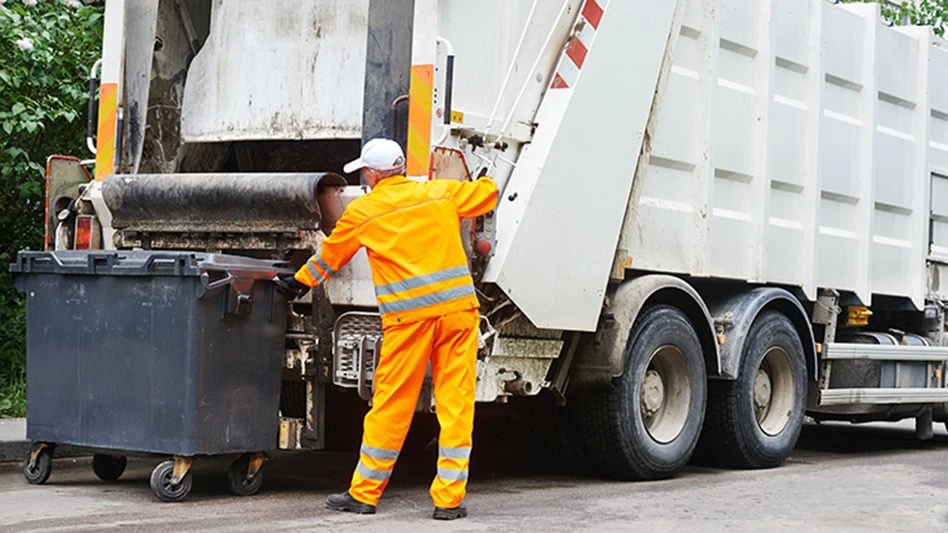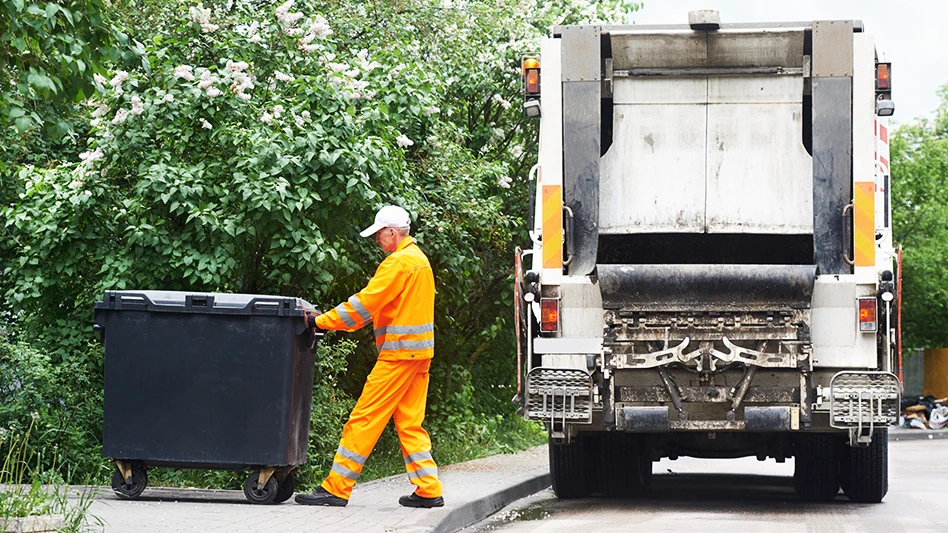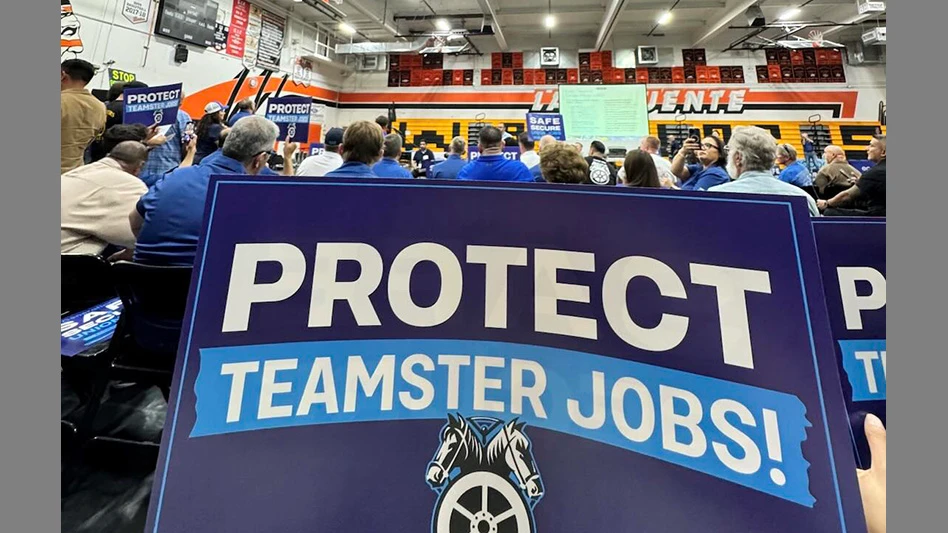
Kadmy | stock.adobe.com
The U.S. Department of Labor’s Bureau of Labor Statistics (BLS) has released its 2021 National Census of Fatal Occupational Injuries, which shows refuse and recyclable materials collection is now the seventh-deadliest job. This is a decrease from 2020 when the industry placed sixth in deadliest occupations.
This reduction in worker fatalities is consistent with the Solid Waste Association of North America’s (SWANA’s) 2021 report which showed a significant decline compared to 2020. The BLS 2021 Survey of Occupational Injuries and Illnesses released in November also reported historically low injury and illness rates for collection, landfill and material recovery facility (MRF) workers.
Silver Spring, Maryland-based SWANA’s data for 2022 is indicating a return to higher levels of worker fatalities, suggesting that the drop in 2021 might be an aberration due to the pandemic. SWANA says it will issue a report on 2022 industry fatalities in early 2023, which will look at both worker and third-party deaths involving solid waste.
“Although we are pleased by the industry’s improvement last year, being the seventh deadliest occupation in the United States is nothing to brag about,” states David Biderman, SWANA executive director and CEO in a release. “The uptick in fatal incidents in 2022 suggests that SWANA’s focus on safety as part of its new Forward Together Strategic Plan is both timely and necessary. Nothing we do at SWANA is more important than making sure the hard-working men and women in this great industry go home to their loved ones at the end of the day.”
Solid waste collection saw further reductions in workplace fatalities, falling to 34 reported in 2021 compared to 38 in 2020. This continues a downward trend from a high of 57 in 2018. Fatalities among workers at MRFs remained steady at four reported in 2021. No solid waste landfill worker fatalities were reported in 2021 by BLS, but SWANA says it is aware of at least five collection and other types of workers who died at landfills last year.

“While the trend was pointing downward during 2021, it is clear from current evidence in 2022, we have much work to do fall out of the top 10 most dangerous industries,” says Suzanne Sturgeon, SWANA’s National Safety Committee chair and SCS Engineers’ safety manager. “From my perspective, situational awareness is the key element to getting our workers home to their families unharmed. This, followed by good communication by decision makers with those who work in the field, is essential to their understanding of expectations for how they conduct themselves while working.”
Across all workplaces, there were 5,190 fatal work injuries recorded in the U.S. in 2021, an 8.9 percent increase from 4,764 in 2020. The fatal work injury rate was 3.6 fatalities per 100,000 full-time equivalents, the highest annual rate since 2016. Transportation incidents remained the most frequent type of fatal event in 2021 with 1,982 fatal injuries, an increase of 11.5 percent from 2020.
Latest from Recycling Today
- MBA Polymers UK offers ABS to global market
- Tariffs likely rising on inbound steel, aluminum and copper
- CMC suffers losses in late 2024
- Nonferrous recyclers: Where do you rank?
- DTG Recycling faces $3.3M penalty from Washington Utilities and Transportation Commission
- Nippon, US Steel respond to Biden’s prohibition against US Steel purchase with lawsuits
- Recycling Today Media Group's battery recycling conference relocates in 2025
- IP amends DS Smith takeover bid





